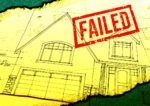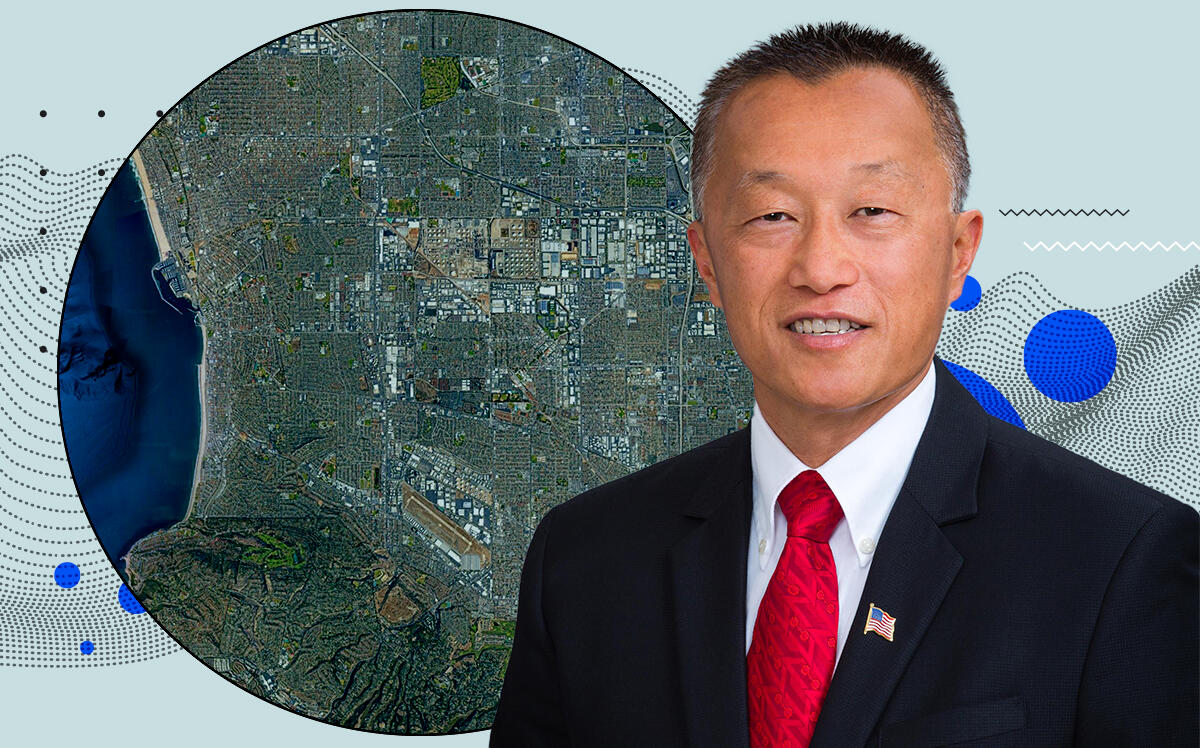The City of Torrance has found room to build nearly 5,000 new homes, many of them affordable, by the end of the decade.
The South Bay city got a final green light from the state for its so-called housing element, or blueprint on how it will meet its required housing quota, the Torrance Daily Breeze reported.
The California Department of Housing and Community Development gave final approval to allow the production of 4,940 housing units by 2029, half of which would serve as affordable housing for residents who earn less than 80 percent of the area’s median income.
If built, the housing would increase the number of homes in Torrance by 8.4 percent. By comparison, the city only added 231 homes between 2010 and 2021, a 0.4 percent increase.
The city will rezone parts of the city, as well as encourage accessory dwelling units, or so-called “granny flats.” It also will target specific corridors for housing development and allow religious groups to convert land into affordable housing.
The state, facing a statewide housing shortage, has been much more aggressive in requiring cities and counties to meet their housing deadlines. Torrance tried three times before meeting the Oct. 15 deadline to comply with its housing element plan.
“We’re looking at different corridors within our city where typically housing is not allowed, and looking to create an overlay along these major thoroughfares to allow mixed-use (developments) and housing to be built,” Community Development Director Michelle Ramirez told the Daily Breeze.
The city has identified seven potential corridors to rezone for housing development, from manufacturing to industrial to commercial.
The largest include 46.8 acres on the north side of Maricopa Street, between Maple Avenue and Crenshaw Boulevard, bounded to the north by 208th Street and 22.2 acres between Cabrillo and Border avenues, bounded by 213 Street and Plaza Del Amo.
The city expects it will approve 60 new ADUs a year, for a total 480 units by 2029.
Projects in the pipeline include a mixed-use, 218-unit apartment complex to replace the Gable House bowling alley at 22501 Hawthorne Boulevard, and plans to convert the 92-room Days Inn motel at 411 Pacific Coast Highway into a 108-unit senior apartment complex.
In Southern California, only 48 of 196 local governments have submitted finalized housing elements after most blew their October 2021 deadline, the San Jose Mercury News reported this month.
A failure to get plans approved by the final deadline on Jan. 31 could mean consequences for local governments, including loss of local control over what gets built, loss of eligibility for state and federal grants, and fines.
Developers have revved up their engines to pursue a legal loophole known as “builder’s remedy,” which allows a builder to assert its legal right to skirt local zoning regulations for projects that include a certain percentage of affordable homes.
As The Real Deal reported last week, Santa Monica has been the epicenter for the untested remedy, in which developers sought automatic approval of 4,000 homes before the city met its housing deadline.
San Francisco, where developers have been frustrated by a lengthy approval process, may follow suit unless it can follow Torrance in getting its housing plan approved.
— Dana Bartholomew
Read more


